Home>Maintenance & Safety>Safety Equipment & Products>What Is A Fire Blanket Made Of?
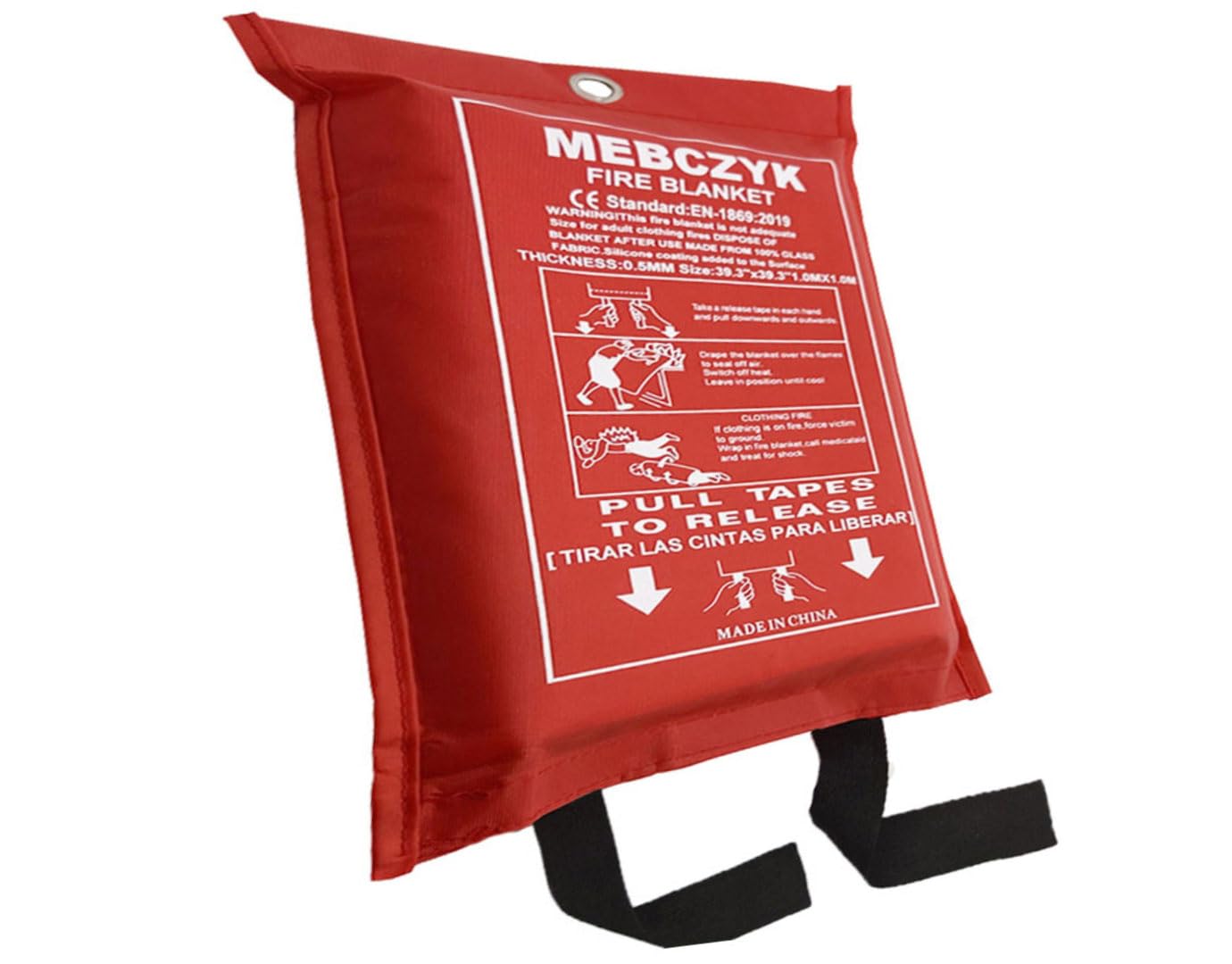

Safety Equipment & Products
What Is A Fire Blanket Made Of?
Modified: February 18, 2024
Discover what fire blankets are made of to enhance safety in your environment. Learn about the materials used in these essential safety equipment and products.
(Many of the links in this article redirect to a specific reviewed product. Your purchase of these products through affiliate links helps to generate commission for Storables.com, at no extra cost. Learn more)
Introduction
When it comes to fire safety, having the right equipment can make all the difference in protecting lives and property. One essential tool in fire safety is the fire blanket, a simple yet effective device designed to extinguish small fires or to provide a protective shield in the event of a fire emergency. Understanding the materials used in the construction of fire blankets is crucial for ensuring their reliability and effectiveness. In this article, we will delve into the various materials that fire blankets are made of, shedding light on their unique properties and applications. By gaining insight into the composition of fire blankets, you will be better equipped to make informed decisions regarding their selection and use in fire safety protocols.
Key Takeaways:
- Fire blankets are made of materials like fiberglass, wool, and silicone-coated fabrics, each with unique properties for smothering small fires and protecting against flames. They are versatile and essential for fire safety in various environments.
- Fiberglass fire blankets are lightweight and flexible, wool blankets are durable and flame-retardant, and silicone-coated blankets are robust and heat-resistant. Understanding their distinct advantages helps in choosing the right fire blanket for specific fire hazards and environments.
Read more: What Is A Fire Blanket?
Fire Blanket Materials
Fire blankets are crafted from a range of materials, each chosen for its specific properties and suitability for fire safety applications. The materials used in fire blankets include fiberglass, wool, and silicone-coated fabrics, with each type offering distinct advantages in combating and containing small fires.
Understanding the unique characteristics of these materials is essential for determining the most suitable fire blanket for a given environment or situation. Let’s explore the properties and applications of these fire blanket materials in more detail.
Fiberglass Fire Blankets
Fiberglass fire blankets are constructed using woven fiberglass fabric, known for its exceptional heat resistance and durability. The fiberglass material is designed to withstand high temperatures, making it an ideal choice for fire safety applications. The tightly woven fiberglass fabric is adept at smothering small fires by cutting off the fire’s oxygen supply, effectively extinguishing the flames.
One of the key advantages of fiberglass fire blankets is their versatility. They can be used to extinguish fires involving flammable liquids, as well as to wrap around a person whose clothing is on fire, providing a protective barrier and helping to extinguish the flames. This makes fiberglass fire blankets a valuable safety tool in various settings, including kitchens, laboratories, workshops, and industrial facilities.
Furthermore, fiberglass fire blankets are relatively lightweight and flexible, allowing for easy storage and quick deployment in the event of a fire emergency. Their heat-resistant properties and ability to withstand high temperatures make them a reliable choice for fire safety, providing peace of mind in the face of potential fire hazards.
A fire blanket is typically made of woven fiberglass or wool treated with fire-resistant chemicals. It is designed to smother small fires by cutting off the oxygen supply.
Wool Fire Blankets
Wool fire blankets are crafted from specially treated wool fabric, offering exceptional fire-resistant properties and insulating capabilities. Wool is inherently flame-retardant, making it an excellent material for fire safety applications. The natural structure of wool fibers enables them to withstand high temperatures without igniting, providing a reliable means of extinguishing small fires and preventing the spread of flames.
One of the key advantages of wool fire blankets is their ability to smother fires by cutting off the oxygen supply, effectively suppressing the flames and preventing the fire from escalating. Wool’s insulating properties also make it suitable for wrapping around individuals to shield them from fire or to extinguish flames on clothing or hair.
Wool fire blankets are commonly used in kitchens, workshops, and residential settings, offering a versatile and effective means of addressing small fires and fire-related emergencies. Their durability and fire-resistant nature make them a valuable addition to fire safety equipment, providing a reliable solution for containing and extinguishing fires in a variety of environments.
Silicone-Coated Fire Blankets
Silicone-coated fire blankets are crafted using a base material, such as fiberglass or other heat-resistant fabric, coated with a layer of silicone. This silicone coating enhances the fire-resistant properties of the blanket, making it exceptionally durable and effective in handling small fires. The silicone layer provides an additional barrier against heat and flames, offering enhanced protection and extinguishing capabilities.
One of the key advantages of silicone-coated fire blankets is their ability to withstand extremely high temperatures, making them suitable for use in industrial and commercial settings where fires involving flammable liquids or chemicals may occur. The silicone coating not only adds a layer of heat resistance but also contributes to the blanket’s overall strength and durability.
Furthermore, silicone-coated fire blankets are known for their flexibility and ease of use. The pliable nature of the silicone-coated fabric allows for quick and efficient deployment in the event of a fire emergency, providing a reliable means of containing and extinguishing small fires. These blankets are also well-suited for use in welding and metalworking environments, where the risk of fire or sparks necessitates the presence of effective fire safety equipment.
Overall, silicone-coated fire blankets offer a robust and versatile solution for fire safety, providing reliable protection against small fires and contributing to a proactive approach to fire prevention in diverse industrial and commercial settings.
Read more: What Is The Purpose Of A Fire Blanket?
Conclusion
Fire blankets play a crucial role in fire safety protocols, offering a reliable and effective means of containing and extinguishing small fires. The materials used in fire blankets, including fiberglass, wool, and silicone-coated fabrics, are chosen for their unique properties and suitability for various fire safety applications. Understanding the distinct characteristics of these materials is essential for selecting the most appropriate fire blanket for specific environments and potential fire hazards.
Fiberglass fire blankets, with their exceptional heat resistance and versatility, provide a reliable solution for smothering small fires and protecting individuals in the event of a fire emergency. Their lightweight and flexible nature make them well-suited for quick deployment and storage, contributing to their practicality in diverse settings.
Wool fire blankets, renowned for their inherent flame-retardant properties and insulating capabilities, offer a valuable means of suppressing fires and providing protection against flames. Their durability and versatility make them a valuable addition to fire safety equipment in kitchens, workshops, and residential spaces.
Silicone-coated fire blankets, with their enhanced heat resistance and durability, provide a robust solution for industrial and commercial settings where the risk of fires involving flammable liquids or chemicals is prevalent. Their flexibility and high-temperature tolerance make them a reliable choice for proactive fire prevention measures.
By understanding the distinct advantages of these fire blanket materials, individuals and organizations can make informed decisions regarding the selection and use of fire blankets, contributing to a proactive approach to fire safety and prevention. Whether in residential, industrial, or commercial settings, the right fire blanket can make a significant difference in mitigating fire hazards and protecting lives and property.
Frequently Asked Questions about What Is A Fire Blanket Made Of?
Was this page helpful?
At Storables.com, we guarantee accurate and reliable information. Our content, validated by Expert Board Contributors, is crafted following stringent Editorial Policies. We're committed to providing you with well-researched, expert-backed insights for all your informational needs.

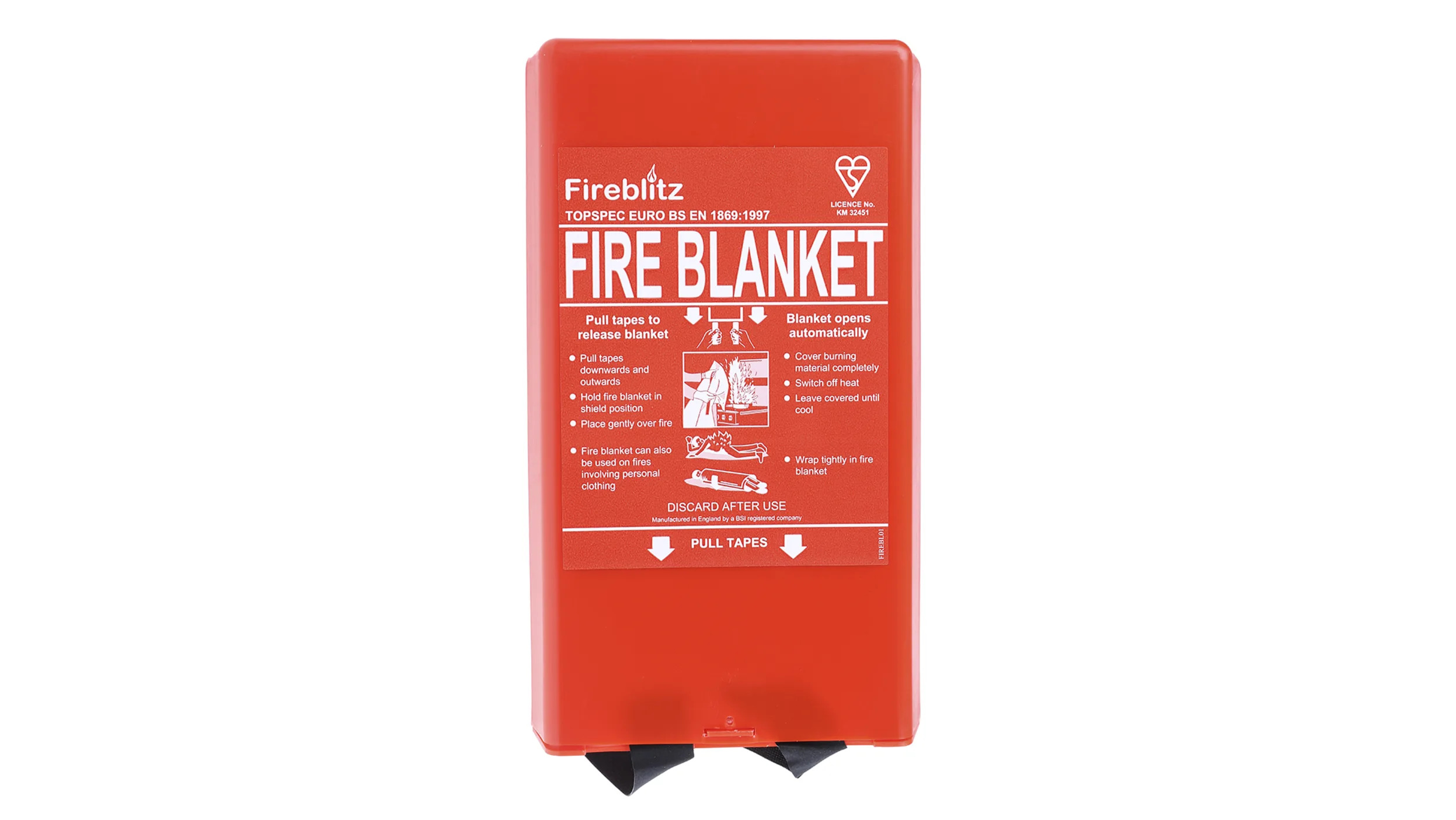
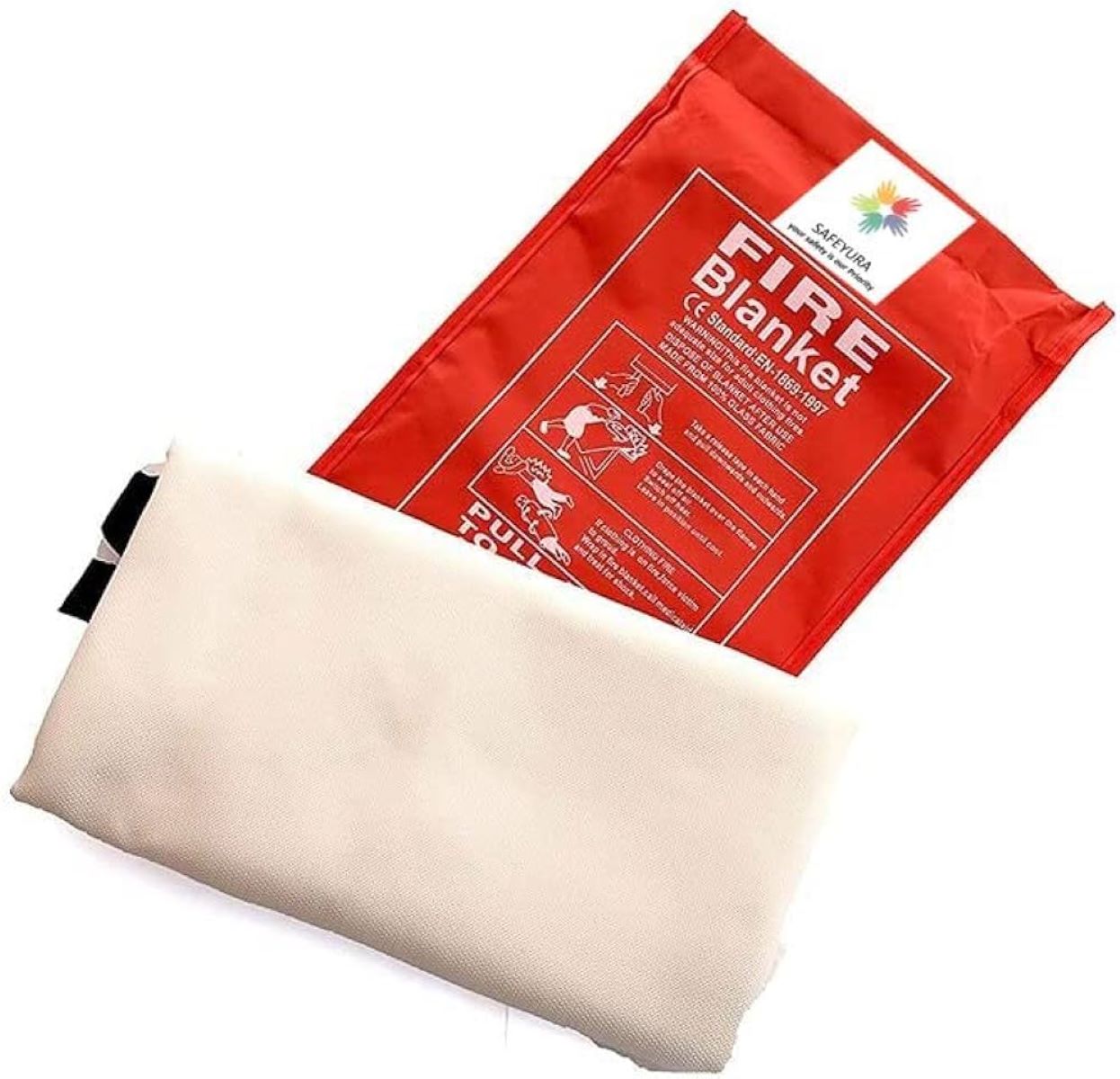
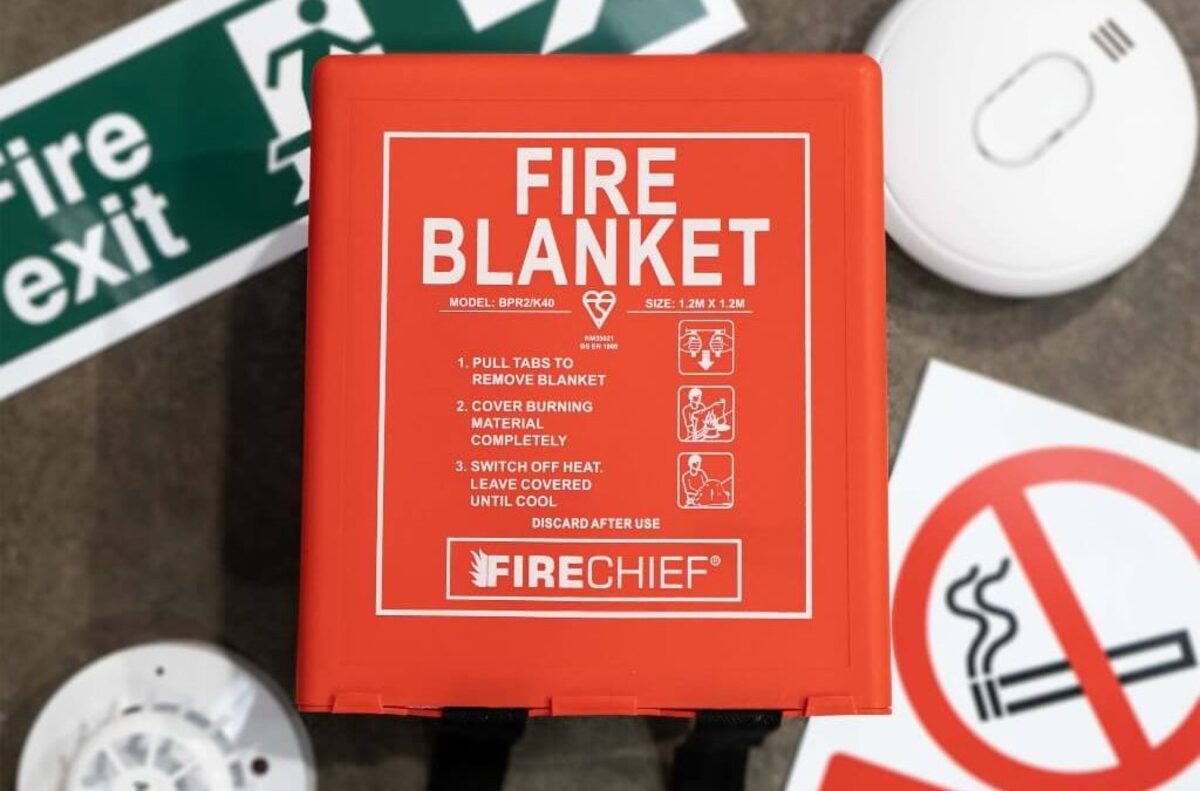
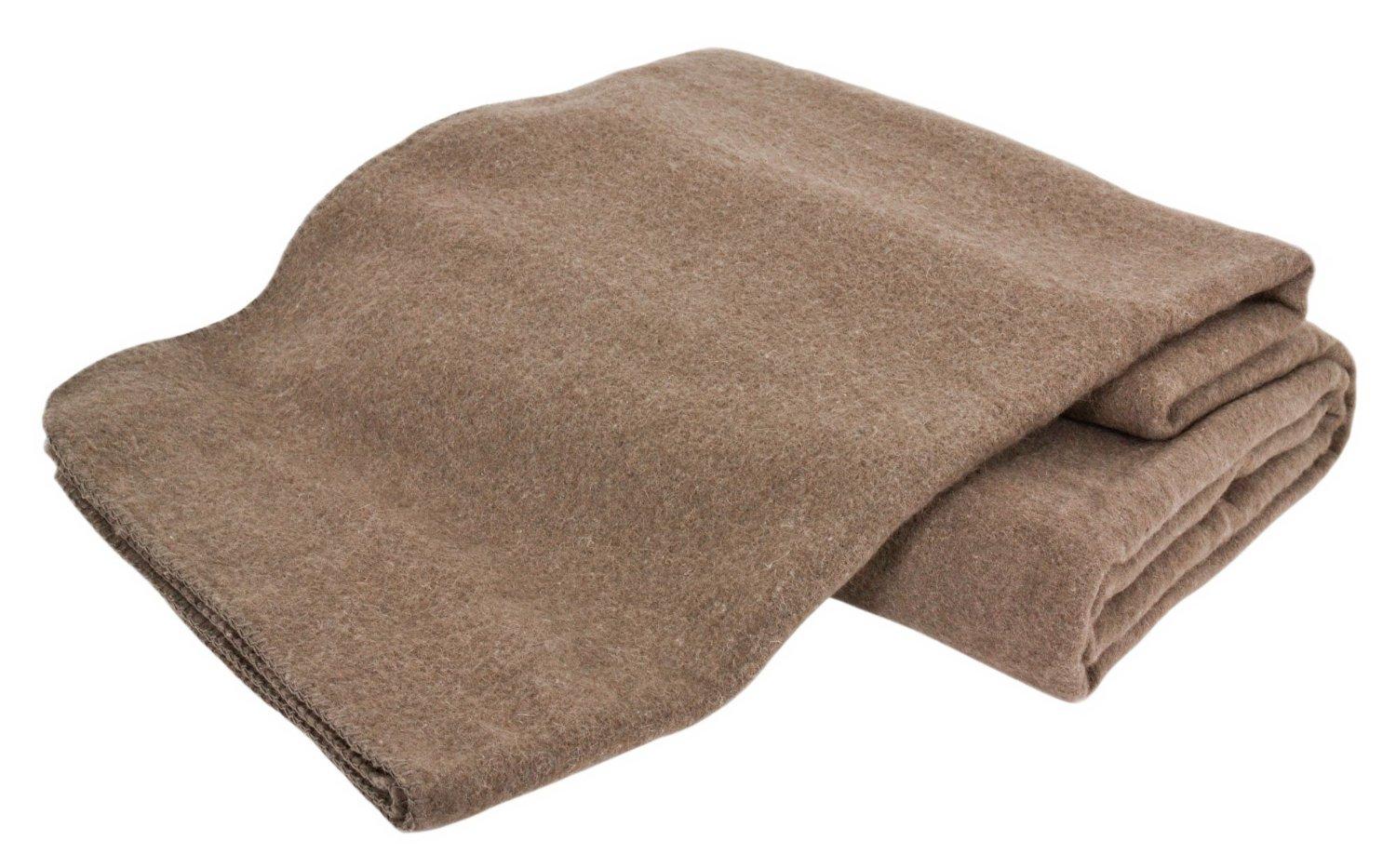
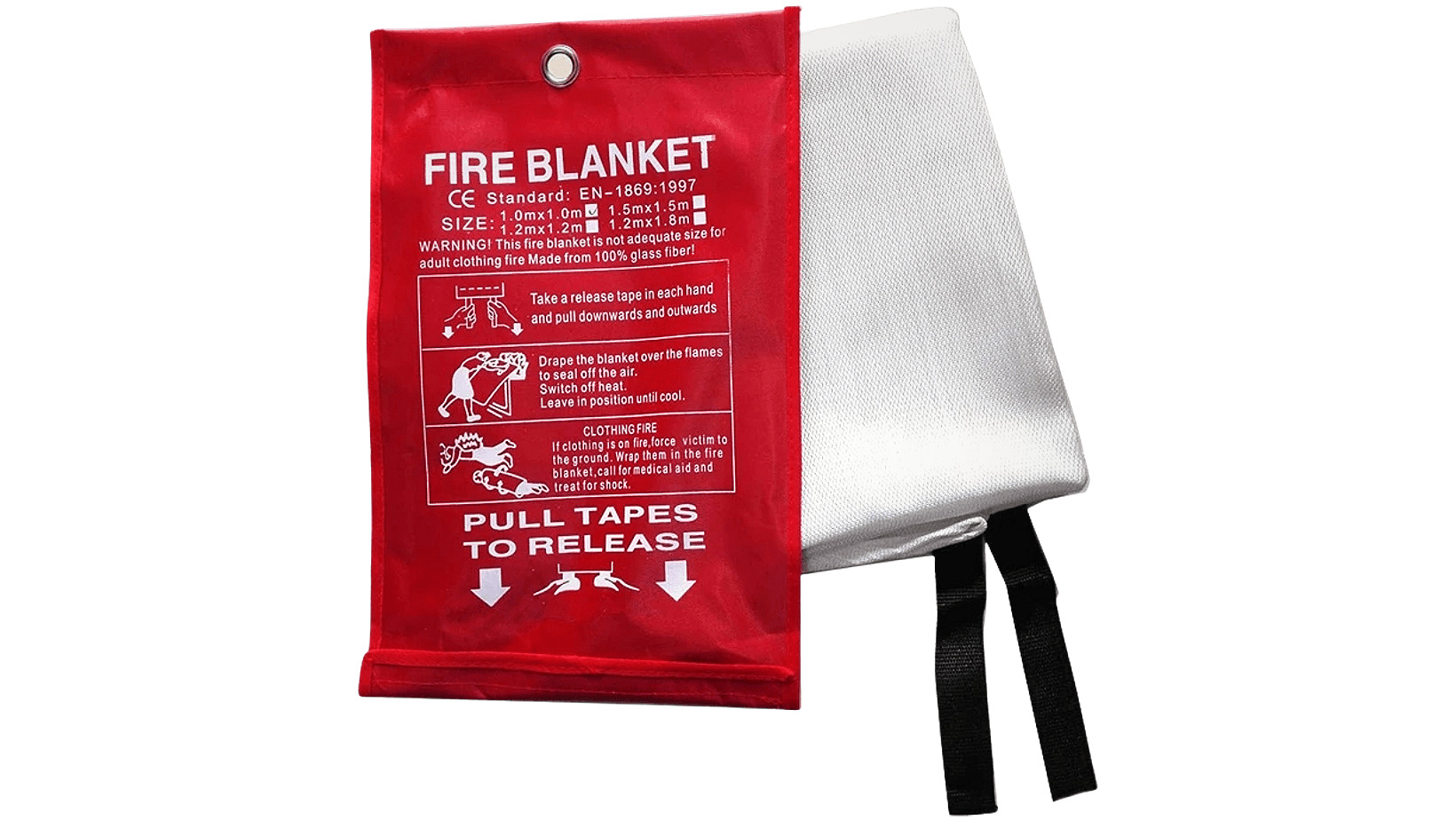

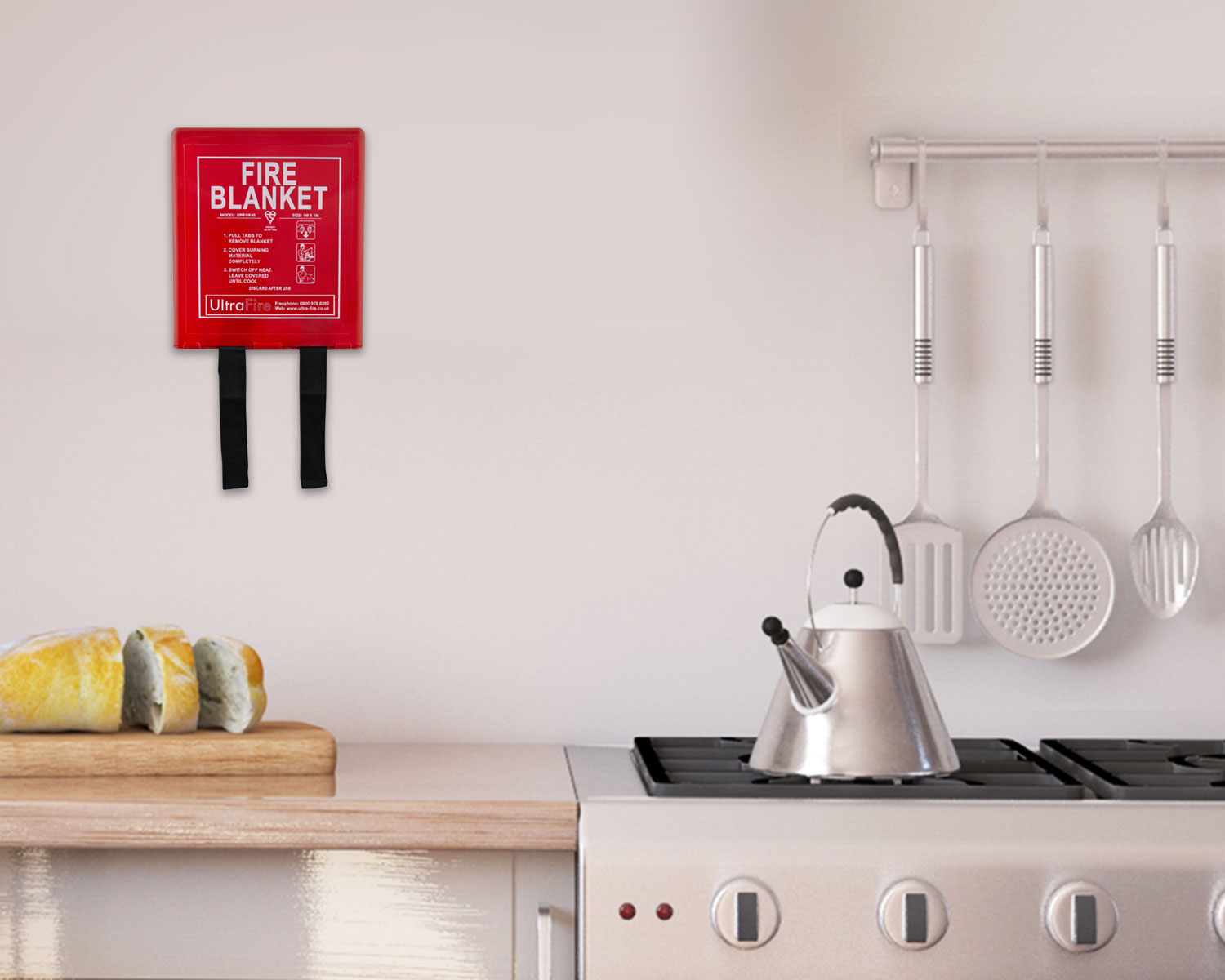




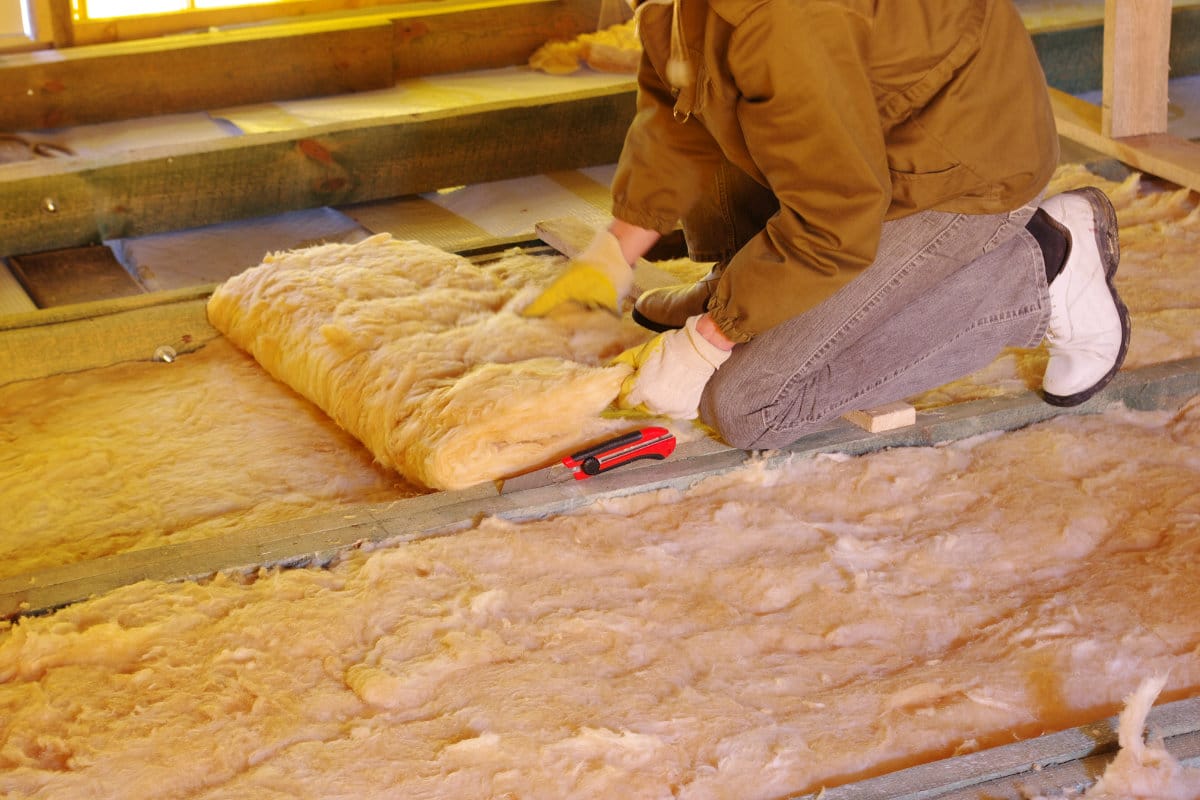


0 thoughts on “What Is A Fire Blanket Made Of?”